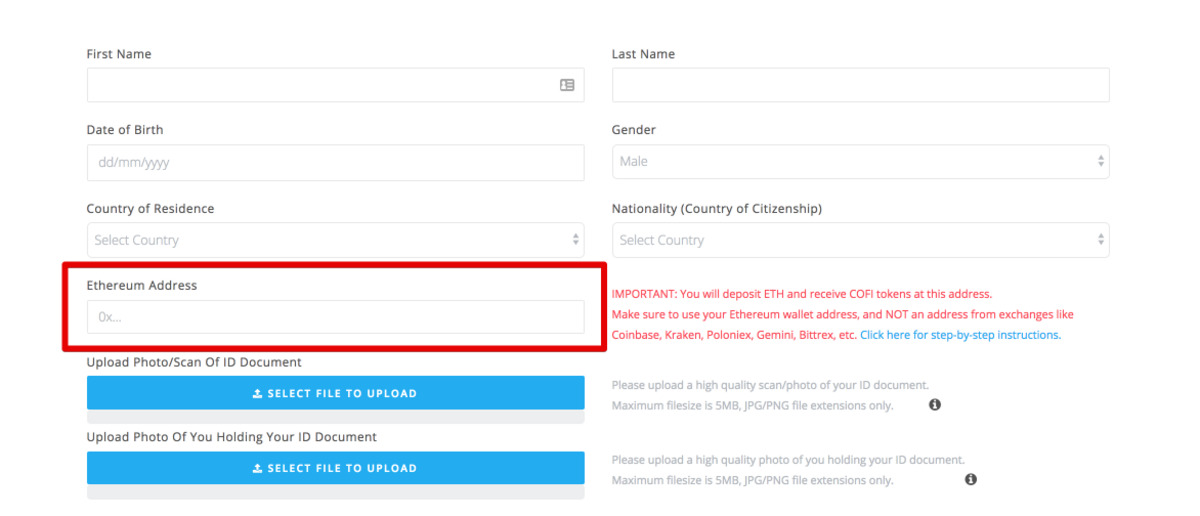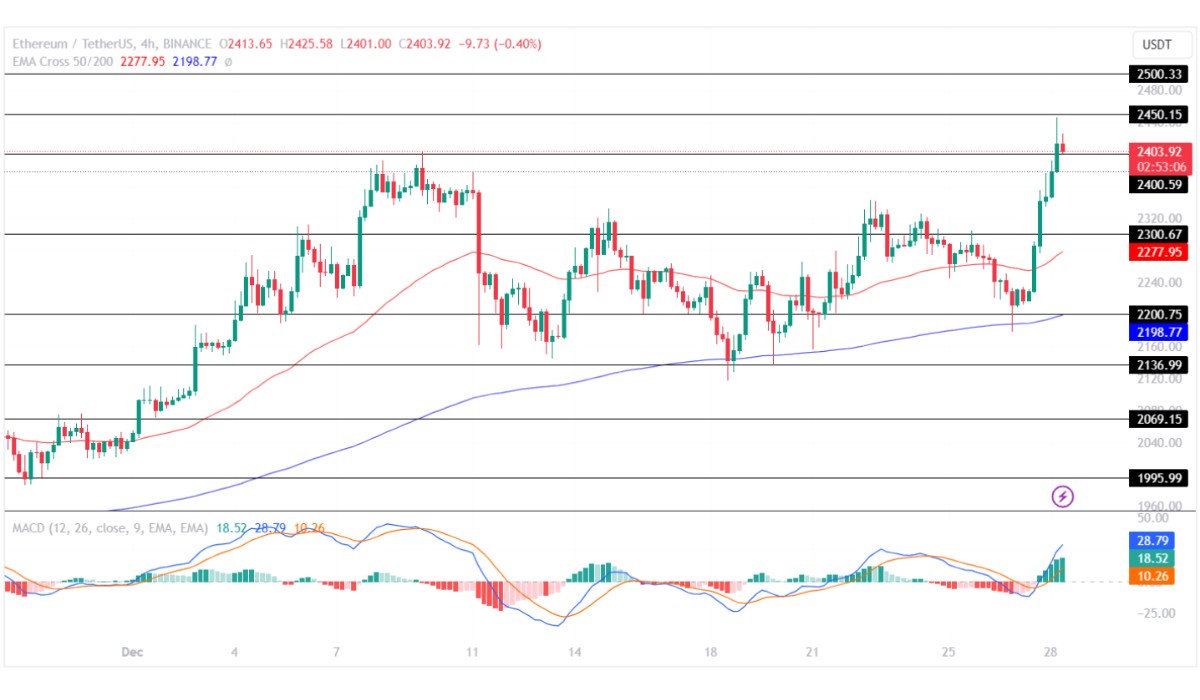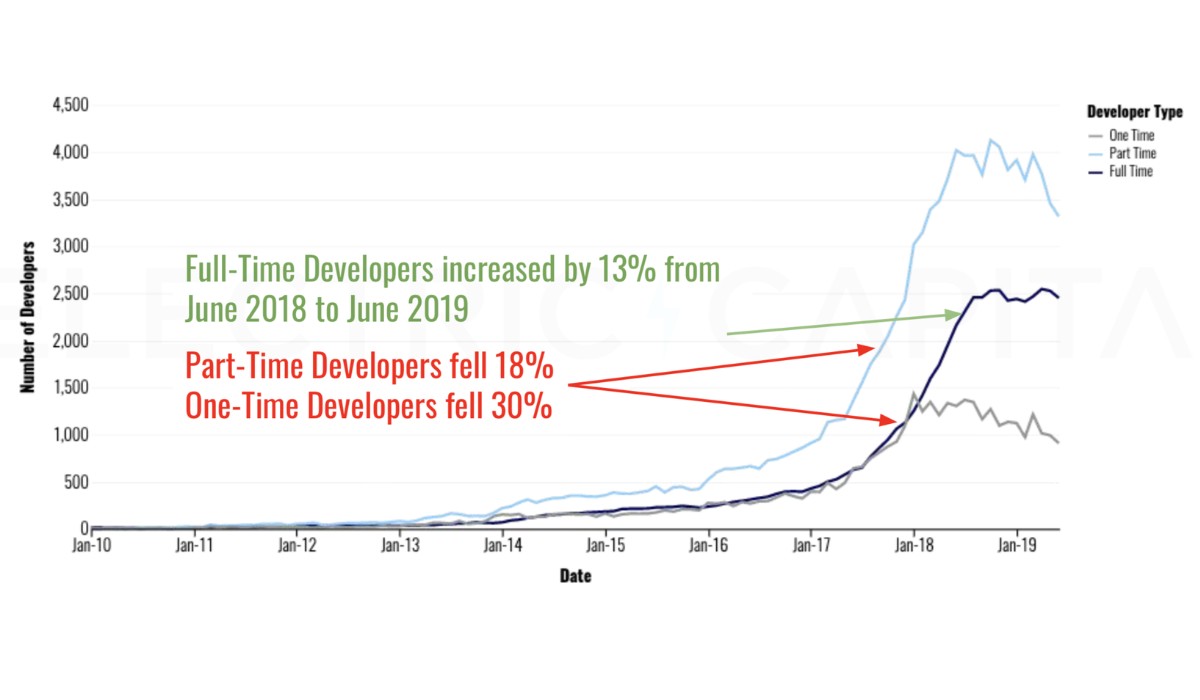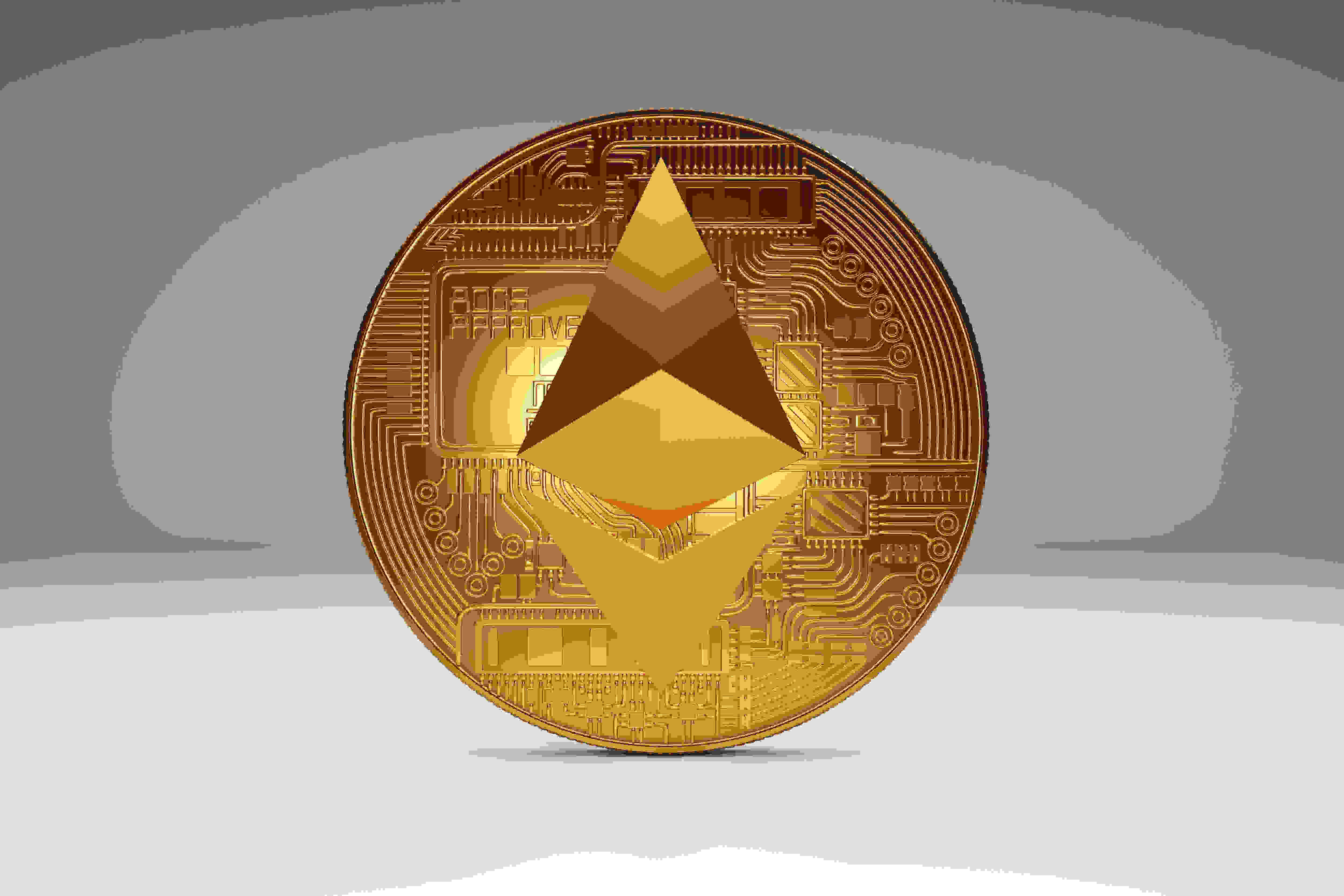Introduction
Ethereum, the second largest cryptocurrency by market capitalization, has revolutionized the world of blockchain technology. While most people are familiar with the concept of Ethereum as a decentralized platform for building and running smart contracts, there are other essential elements that make this ecosystem function seamlessly.
One such component is the Externally Owned Account (EOA). In this article, we will delve into the concept of EOA in Ethereum and explore its significance in the Ethereum ecosystem.
Before we dive into the details of EOA, let’s get a brief understanding of Ethereum itself.
Ethereum is an open-source blockchain platform that enables developers to build and deploy decentralized applications (DApps) and smart contracts. It uses a cryptocurrency called Ether (ETH) for transactions within the network. Unlike Bitcoin, Ethereum is not solely focused on being a digital currency but also provides a robust infrastructure for developing decentralized applications.
Now, let’s explore what an EOA is and how it differs from contract accounts in Ethereum.
Understanding Ethereum
Ethereum, launched in 2015 by Vitalik Buterin, is a decentralized, open-source blockchain platform that has gained immense popularity due to its smart contract functionality. While Bitcoin was designed primarily to enable peer-to-peer electronic transactions, Ethereum takes blockchain technology a step further by allowing developers to build and deploy decentralized applications (DApps) on its platform.
At its core, Ethereum operates as a global, distributed computer, running on thousands of nodes spread across the world. It provides a secure and tamper-proof infrastructure for executing smart contracts, which are self-executing contracts with the terms of the agreement directly written into code. This eliminates the need for intermediary parties, enhances transparency, and reduces the risk of fraud.
Ethereum’s native cryptocurrency is called Ether (ETH), which is used to facilitate transactions and incentivize miners for validating and securing the network. Similar to other cryptocurrencies, Ether can be bought, sold, and stored in digital wallets.
One of the key benefits of Ethereum is its scalability and flexibility. It offers a Turing-complete programming language called Solidity, allowing developers to write sophisticated smart contracts that can perform complex calculations and execute a wide range of operations.
In addition, Ethereum has a strong community of developers and enthusiasts, constantly working on improving the platform and developing innovative DApps. This vibrant ecosystem has given rise to various use cases, including decentralized finance (DeFi), non-fungible tokens (NFTs), supply chain management, and more.
As Ethereum continues to evolve and attract attention from businesses and individuals, it’s crucial to understand the fundamental concepts that underpin its functioning. One such concept is the Externally Owned Account (EOA), which we will explore in the next section.
What is EOA?
An Externally Owned Account (EOA) is a type of account in the Ethereum network that is controlled by an individual or an entity. It is the most basic form of account in Ethereum and is often associated with human users rather than smart contracts.
EOAs are identified by a unique address, which is derived from the user’s public key. This address is used to send and receive Ether and interact with smart contracts on the Ethereum network. Think of it as a digital wallet that holds Ether and allows you to participate in Ethereum transactions and activities.
Unlike contract accounts, which are controlled by smart contracts, EOAs can initiate transactions on their own without the need for external trigger events. They can simply send Ether or interact with smart contracts based on the user’s discretion.
Whenever an EOA initiates a transaction, it undergoes a verification process known as digital signature authentication to ensure that the sender is the legitimate owner of the EOA. This adds a layer of security by preventing unauthorized access to the account.
It’s important to note that EOAs are not just limited to individuals. Businesses and organizations can also create EOAs to manage their Ethereum holdings and engage in transactions. However, EOAs are typically used for personal accounts associated with individual users.
EOAs play a fundamental role in the Ethereum ecosystem by allowing users to participate in the network, transfer funds, and execute transactions. They are essential for interacting with decentralized applications, participating in initial coin offerings (ICOs), and engaging in various other activities within the Ethereum ecosystem.
In the next section, we will delve deeper into the differences between EOAs and contract accounts in Ethereum.
EOA vs. Contract Accounts
In the Ethereum ecosystem, there are two primary types of accounts: Externally Owned Accounts (EOAs) and Contract Accounts. While both serve important functions, they have distinct characteristics and purposes within the Ethereum network.
An EOA, as we discussed earlier, is an account controlled by an individual or entity. It is associated with a unique address derived from the user’s public key and is primarily used for sending and receiving Ether, as well as interacting with smart contracts.
On the other hand, a Contract Account is an account controlled by a smart contract. It is not associated with a specific individual or entity but rather with the code that defines its functionality. Contract Accounts are used to deploy and execute smart contracts on the Ethereum network.
One of the key differences between EOAs and Contract Accounts is the ability to initiate transactions. EOAs can independently initiate transactions, send Ether, and interact with smart contracts. Conversely, Contract Accounts can only perform actions when triggered by an external entity, such as an EOA. They do not have the ability to initiate transactions by themselves.
Another major distinction lies in the ownership and control of the accounts. EOAs are controlled by individuals or entities who possess the private keys associated with the account. This allows them to have full control over their funds and transactions. In contrast, Contract Accounts are controlled by the smart contracts themselves, which are governed by predefined rules and conditions coded into the contract.
The functionality of EOAs and Contract Accounts also differs. EOAs are primarily used for transferring Ether, participating in ICOs, and interacting with DApps. Contract Accounts, on the other hand, can store and manage funds, execute complex logic, and facilitate complex interactions between multiple parties using smart contracts.
When it comes to transaction fees, EOAs pay gas fees for each transaction they initiate, while Contract Accounts require external entities to pay gas fees on their behalf when interacting with them. This is because Contract Accounts cannot directly hold Ether, and the gas fees are paid by the user who triggers the contract’s execution.
Understanding the distinction between EOAs and Contract Accounts is essential for navigating the Ethereum ecosystem effectively. Depending on your requirements and use cases, you may need to utilize one or both types of accounts to leverage the full potential of Ethereum’s capabilities.
In the next section, we will explore how to set up an EOA and understand its functionality in more detail.
Setting Up an EOA
Setting up an Externally Owned Account (EOA) in the Ethereum network is a straightforward process that allows individuals and entities to participate in the Ethereum ecosystem. To create an EOA, follow these steps:
- Choose a reliable Ethereum wallet: Select a suitable Ethereum wallet that supports EOAs. Popular options include MetaMask, MyEtherWallet, and Trust Wallet. Ensure that you choose a wallet with a strong reputation and proper security measures to safeguard your funds.
- Download and install the wallet: Visit the official website of the wallet you have chosen and follow the instructions for downloading and installing the wallet application on your device. Be cautious and double-check the authenticity of the website to avoid phishing attacks.
- Generate a new account: Open the wallet application and select the option to create a new account. The wallet will generate a unique public-private key pair, which will serve as the basis for your EOA. Make sure to store the private key securely, as it grants access to your account.
- Secure your account: After creating your EOA, take steps to enhance the security of your account. Set a strong password for your wallet, enable two-factor authentication if available, and consider using a hardware wallet for an extra level of protection.
- Test and fund your EOA: Once your EOA is created, you can test its functionality by sending a small amount of Ether to your account from another wallet or exchange. This will ensure that your EOA is set up correctly and is capable of receiving funds.
By following these steps, you can successfully set up your own Externally Owned Account and start participating in the Ethereum network. Once your EOA is set up and funded, you can explore a wide range of activities, including sending and receiving Ether, interacting with decentralized applications, participating in token sales, and more.
Remember to exercise caution and adhere to best security practices when managing your EOA. Keep your private key secure, be wary of phishing attempts, and regularly update your wallet software to protect your funds from potential threats.
In the next section, we will delve deeper into the functionality of EOAs within the Ethereum ecosystem.
EOA Functionality
Externally Owned Accounts (EOAs) play a crucial role in the Ethereum ecosystem, enabling individuals and entities to perform various functions within the network. Here are some of the key functionalities of EOAs:
1. Sending and receiving Ether: EOAs allow users to send and receive Ether, the native cryptocurrency of the Ethereum network. With an EOA, you can transfer funds to other EOAs or Contract Accounts seamlessly.
2. Interacting with smart contracts: EOAs have the ability to interact with smart contracts deployed on the Ethereum network. By sending transactions to contract addresses, EOAs trigger the execution of predefined code, enabling them to perform specific actions or access services provided by the smart contracts.
3. Participating in Initial Coin Offerings (ICOs): EOAs can participate in ICOs, which are a popular way for projects to raise funds in the form of Ether or other tokens. By sending Ether directly from their EOAs to the designated ICO address, users can acquire the project’s tokens during the token sale.
4. Engaging with decentralized applications (DApps): EOAs serve as the gateway for users to interact with decentralized applications built on the Ethereum network. Users can use their EOAs to log in to DApps, make transactions, and access various functionalities offered by the applications.
5. Managing and maintaining control over funds: EOAs provide users with full control and ownership of their funds. Users possess the private key associated with their EOAs, allowing them to manage and secure their funds without the need for any intermediaries. This empowers individuals to remain in control of their own financial assets.
6. Signing messages and verifying identity: EOAs can sign messages, proving the authenticity of the sender. This functionality can be utilized for various purposes, such as verifying ownership of an account, participating in decentralized identity systems, and signing cryptographic proofs.
7. Securing the network: EOAs also play a role in securing the Ethereum network through the process of mining. Miners, who are responsible for validating and adding new blocks to the blockchain, use their EOAs to receive rewards for their mining efforts.
These functionalities highlight the versatility of EOAs within the Ethereum ecosystem. They enable users to participate in financial transactions, interact with smart contracts, access decentralized applications, and maintain control over their funds and digital identities.
Understanding the capabilities and potential use cases of EOAs is essential for effectively utilizing Ethereum and navigating its decentralized landscape.
In the next section, we will discuss important security considerations that users should keep in mind when dealing with EOAs.
EOA Security Considerations
While Externally Owned Accounts (EOAs) provide users with control and ownership over their funds and transactions, it is essential to prioritize security when dealing with EOAs in the Ethereum ecosystem. Here are some important security considerations to keep in mind:
1. Secure storage of private keys: The private key associated with your EOA is the key to accessing and controlling your funds. It is crucial to store this private key securely, preferably offline, and away from prying eyes. Consider using hardware wallets or encrypted offline storage solutions to enhance the security of your private keys.
2. Beware of phishing attempts: Be cautious of phishing attempts where malicious actors try to deceive you into revealing your private key or sensitive information. Double-check the URLs of wallet websites, never share your private key or seed phrase with anyone, and be skeptical of unsolicited requests for personal information.
3. Regularly update wallet software: Stay updated with the latest versions of your chosen wallet software. Wallet developers often release updates that address security vulnerabilities and improve overall performance. Keeping your wallet software up-to-date reduces the risk of being exposed to known security weaknesses.
4. Utilize two-factor authentication (2FA): Enable two-factor authentication where possible to add an extra layer of protection to your EOAs. This typically involves using a mobile application or hardware device to generate time-based one-time passwords (TOTP) or receiving authentication codes via SMS.
5. Be cautious of public Wi-Fi networks: Avoid accessing your EOAs or making transactions using public Wi-Fi networks, as they may not be secure. Public Wi-Fi networks can be vulnerable to various forms of cyber attacks, including man-in-the-middle attacks. Instead, use secure and private internet connections when interacting with your EOAs.
6. Backup your wallet: Regularly backup your wallet and keep multiple copies in secure locations. In case of accidental loss or hardware failure, having a reliable backup ensures you can restore access to your EOAs and funds. Follow the instructions provided by your wallet provider on how to create and secure backups.
7. Take extra caution with online interactions: When interacting with decentralized applications or receiving instructions from others online, exercise caution. Verify the legitimacy of the websites or applications you are interacting with, as malicious actors may attempt to trick users into providing sensitive information or executing malicious transactions.
By following these security considerations, you can significantly mitigate the risk of unauthorized access to your EOAs and protect your funds and personal information from potential threats.
Remember, security is crucial in the world of cryptocurrencies and blockchain technology. Stay vigilant, use best practices, and prioritize the protection of your EOAs and digital assets.
In the next section, we will conclude our exploration of EOAs in Ethereum.
Conclusion
In this article, we have delved into the concept of Externally Owned Accounts (EOAs) in the Ethereum ecosystem. These accounts serve as the gateway for individuals and entities to participate in the Ethereum network, allowing them to send and receive Ether, interact with smart contracts, and engage with decentralized applications.
Ethereum, with its smart contract functionality, has revolutionized the blockchain landscape, offering a flexible and scalable platform for developing decentralized applications. EOAs play a crucial role in enabling users to leverage the full potential of Ethereum, providing them with control over their funds and the ability to interact with smart contracts.
Understanding the distinction between EOAs and Contract Accounts is essential for navigating the Ethereum ecosystem effectively. While EOAs are controlled by individuals or entities and can independently initiate transactions, Contract Accounts are controlled by smart contracts and can only execute actions when triggered by external entities.
When setting up an EOA, it is important to choose a reliable Ethereum wallet, generate a unique account, and prioritize the security of your private keys. Taking precautions against phishing attempts, regularly updating your wallet software, and utilizing two-factor authentication can help enhance the security of your EOAs.
Lastly, by keeping security considerations in mind and following best practices, users can mitigate the risks associated with EOAs and protect their funds and personal information from potential threats.
As Ethereum continues to evolve and gain traction, EOAs will remain central to the Ethereum experience, serving as the bridge between users and the decentralized world. With their functionality and control, EOAs empower individuals and entities to participate in transactions, interact with smart contracts, and explore the endless possibilities of the Ethereum ecosystem.
So, whether you’re a cryptocurrency enthusiast, a developer, or a business looking to leverage the power of blockchain technology, understanding EOAs is crucial for maximizing your involvement in the Ethereum network.

























